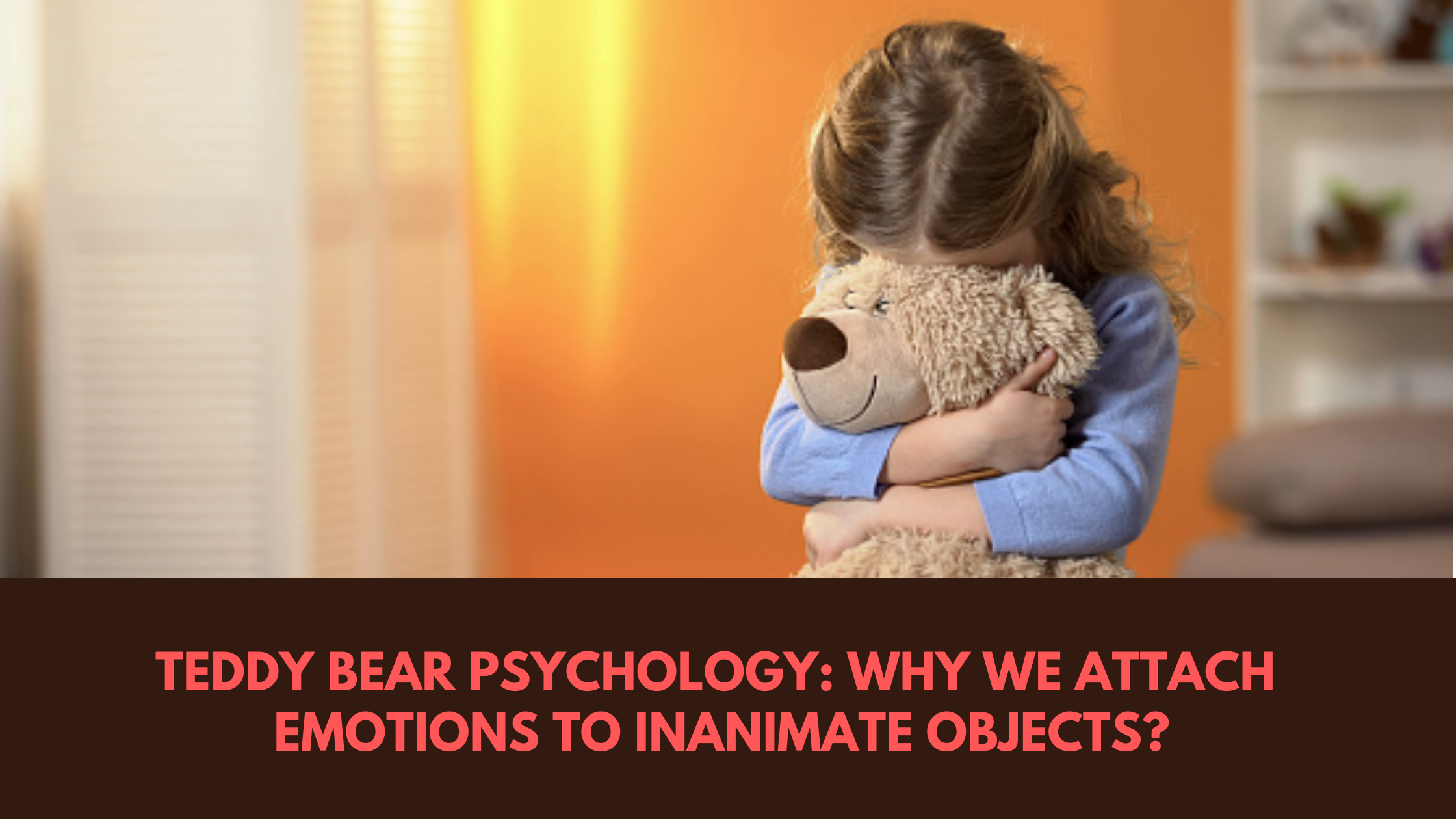In a society driven by logic and reason, it may appear strange that so many people across cultures and age groups have intense emotional relationships to inanimate things, particularly teddy bears. These warm, cuddly animals frequently have a unique place in our hearts, giving comfort and peace at different phases of our life. Psychologists and scholars have been fascinated by the phenomena of creating emotional attachments with items such as teddy bears, which has shed light on the deep workings of human emotions, attachment, and the value of these seemingly little belongings.
The Evolution of Attachment
To comprehend the psychology behind our emotional attachments to teddy bear and other such things, we must first investigate the evolutionary foundations of attachment. Humans are social creatures that have evolved to create deep emotional relationships with caretakers, most notably parents or guardians. This connection is essential for life since it provides the necessary protection and care for an infant's development. These early attachments serve as models for future partnerships and emotional ties as we mature.
Teddy bears, with their softness, warmth, and frequently human-like characteristics, provide a vehicle for expressing these intrinsic attachment impulses. A Giant teddy bear may be seen as a transitional object, spanning the gap between a child's reliance on caretakers and their growing feeling of independence. During times of separation or hardship, the bear becomes a reassuring presence, reflecting the care and comfort received from key caregivers.
The Power of Imagination and Anthropomorphism
Anthropomorphism—the tendency to attach human features, feelings, and intentions to nonhuman entities—is one of the primary psychological mechanisms at work while creating emotional relationships with teddy bears. Anthropomorphism reflects our fundamental human urge for connection and comprehension. We imbue items like teddy bears with our own emotions, imbuing them with personalities and traits that make them familiar and comfortable.
Children, in particular, participate in creative play by projecting emotions and events into Big teddy bear. The bear transforms into a confidant, listener, & friend who never passes judgment, providing a safe environment for emotional expression. This creative connection promotes emotional development by helping youngsters to explore and comprehend their emotions in a safe and supportive setting.
Comfort in Familiarity
Teddy bears are frequently carried with people throughout their lives, even into maturity. This persistent relationship is based on the comfort that comes from familiarity. The presence of a Large teddy bear at times of stress, change, or uncertainty can inspire sentiments of security reminiscent of childhood. The bear's recognizable touch, aroma, and sight evoke memories and feelings connected with simpler, safer times.
Teddy bears and other similar comfort items, according to psychologists, operate as emotional regulators, assisting individuals in managing stress and anxiety. When confronted with life's hardships, these things function as transitional artifacts, providing a feeling of continuity, stability, & emotional anchoring.
Attachment and Transitional Objects
Transitional items, such as teddy bears, are frequently important in infant development. These items, according to psychotherapist Donald Winnicott, bridge the gap between a child's internal world as well as outward reality. They facilitate the kid's progressive separation from caregivers, allowing the youngster to experience autonomy while remaining connected and secure.
The emotional attachment to transitional things endures in adulthood, albeit to variable degrees of intensity. Once a source of comfort as a youngster, the teddy bear may become a treasured item with sentimental significance. The bear connection acts as a reminder of past emotions, relationships, and personal progress.
Neuroscience and Emotional Connection
Recent advancements in neuroscience have shown why people develop emotional ties to inanimate objects. According to brain imaging research, when people see items that they are emotionally linked to, the brain's reward centers are active. This implies that simply having a Huge teddy bear around might cause the release of neurotransmitters related with pleasure and happy feelings.
Furthermore, the anterior cingulate cortex of the brain, which is responsible for emotion regulation, has been revealed to be implicated in our responses to treasured items. This area is activated when we interact with objects that have particular importance for us, reinforcing our emotional relationship with our teddy bears.
Cultural and Societal Influences
Attaching emotions to inanimate items such as teddy bears is not limited to certain cultures or demographics. Cultural and social variables, on the other hand, might alter the nature and acceptability of these emotional relationships. Attachment to items may be fostered in some cultures as a technique of encouraging emotional expressiveness and resilience. Others may be influenced by cultural conventions to keep such bonds hidden owing to perceived links with immaturity or dependency.
Conclusion
Attaching feelings to inanimate things, particularly teddy bears, demonstrates the intricate interplay between human psychology, emotion, and attachment. From childhood to maturity, these seemingly little things function as containers for emotional expression, connection, and comfort. This phenomenon's psychology underlines our fundamental desire for connection, inventiveness, and emotional control. We gain insight into the complexity of human emotions and the numerous ways in which we navigate our complicated emotional landscapes by knowing the mechanisms at work.


